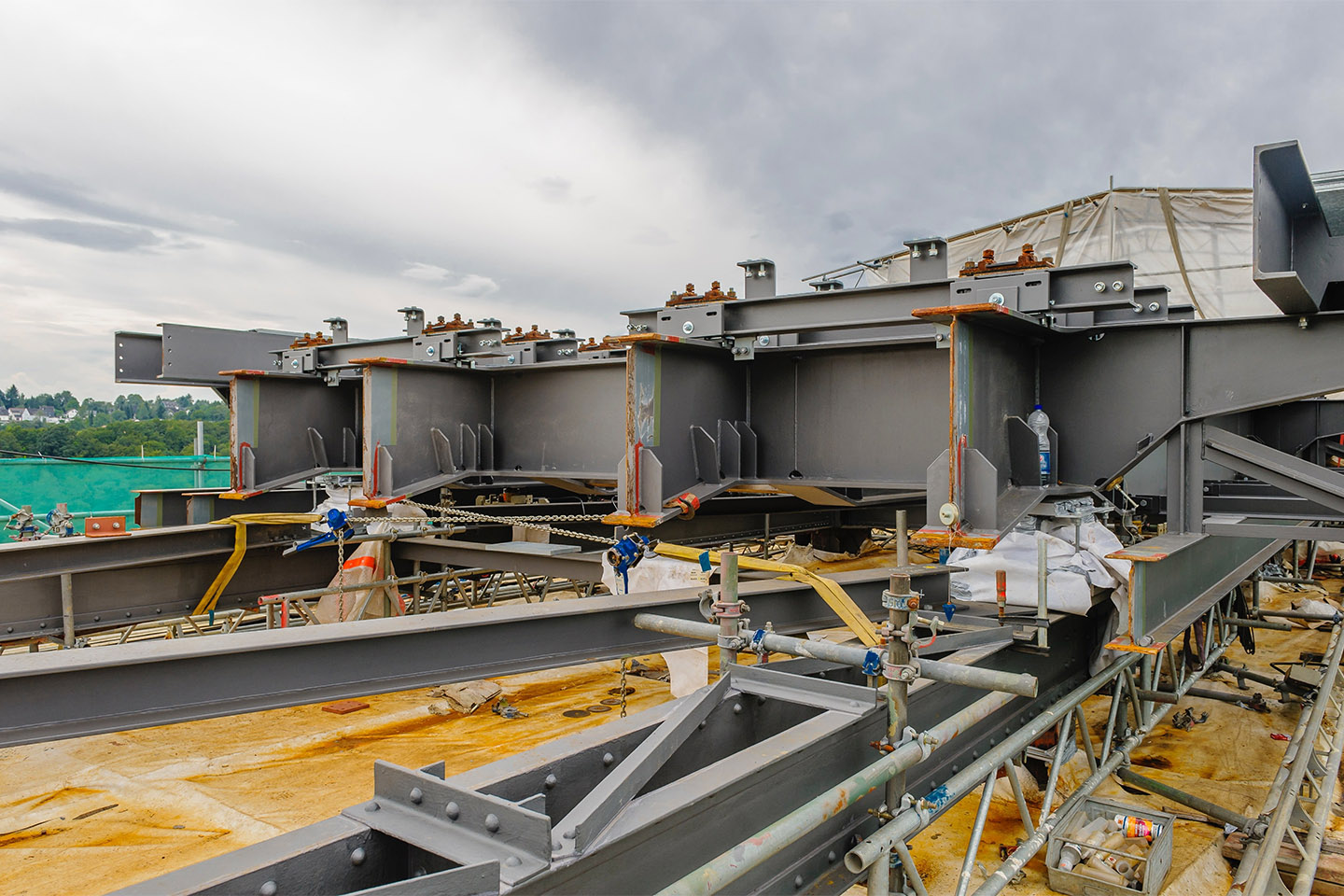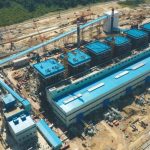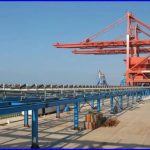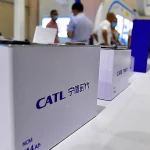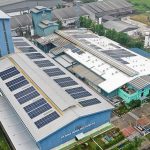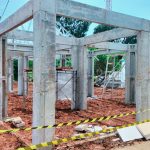Dear readers, how are you? Let’s continue our discussion of construction risks.
It looks like the COVID-19 pandemic in Indonesia is really coming to an end after more than two years of raging and disrupting the world economy, including in the construction sector.
It is now time for us to proceed with the long overdue project development plan. Infrastructure, public facilities, fabric/factory development, exploration in the energy sector such as oil, mining. Likewise in the property sector and health facilities, hotels, and others.
Whoever you are, the owner, developer, consultant, contractor, and supplier, before you start the construction process, it is a good idea to review the design, proposal and budget of the completed project to ensure that the risk management and insurance aspects of the project have been included as priority.
As we often write that the risks of construction projects include high risks. Therefore, careful risk management planning is needed and if an accident occurs the project can be resumed so as not to cause losses and disrupt the project schedule.
To get a better view, you should also invite a project risk management expert to provide the best possible input. Insurance brokers are one of the right insurance and risk management experts for you to ask.
Insurance brokers experienced in construction risk have a wealth of experience that can be used to reduce risk levels and increase the percentage of success of your project.
For further explanation, please follow the following changes.
If you were interested in this article, please share it with your colleagues who were directly involved with the success of the project so that they also understand as you do.
Introduction
As we all know that there are many risks throughout the life of a construction project. For that you need to know how to identify risks when they arise and deal with them quickly with an appropriate risk response.
The main part that must be considered is the design process. Design errors or omissions can come back to bite you during execution.
There are also external risks, such as dealing with new stakeholders and design change requests. It can wreak havoc on your construction risk management plan. Local laws and regulations may change once you pave the way, and environmental analyzes can be incomplete.
You also need to keep an eye on the crew and workers. Make sure you hire experienced professionals and offer them safety training, as an inexperienced workforce demands risks.
Risk management plan
Following risk management procedures, the most important is the Risk Management Plan. This will start when the project is designed, and will be completed in the early stages of project planning.
The scope of the Risk Management Plan is to describe how the risk management activities will be structured and carried out.
Identification of risks
The main objective of Identifying risks is to obtain an organized and structured list of identified risks, indicating their characteristics, causes and consequences, so that they can be used during the next phase or even in other projects.
This is an iterative process as new risks may occur during the project cycle or existing risks become more apparent. Even if companies are knowledgeable about the risks involved, the level of concern about risk management is not high and many companies do not routinely use comprehensive risk management.
Companies mostly identify risks using a brainstorming technique in which a risk identification list is generated in mutual agreement between project stakeholders.
Performing a risk analysis
Performing a Risk Analysis, after identifying the risks, is the task of qualitative and/or quantitative risk analysis. It is not always possible to predict the importance of an event compared to others, due to the lack of measurable results.
For this reason and being faster and more economical, in some situations in a construction project, only a qualitative risk analysis is carried out.
Qualitative risk analysis is a process that prioritizes risks according to their level of importance. This involves evaluating, a combination of probability and impact, the gap between the delay in reply and the risk tolerance of the company.
This relates to the limitation of projects whose project document updates are the result of a qualitative risk analysis.1 The main objective of this process is to enable project managers to reduce the level of uncertainty and focus on high priority risks.
Monitoring and controlling risks
The final process is Risk Monitoring and Control which consists of implementing a Risk Response Plan (followed by risk identification), monitoring risks, and identifying and assessing new ones, as well as the efficiency of all evaluations during the project.
Although risk response is carried out throughout the entire project life cycle, the project must be continuously monitored in such a way as to detect new risks and possible changes.
According to the work developed, the company analyzes controlled risk through risk review and for 35% of companies through technical performance measurement.
Types of Risk in Construction Projects
In general, risk is anything that will delay the project or create further costs. There are many sources of risk at a construction site. To create a better risk management plan, it is important to know what risks exist, and where they will occur:
Safety Risks
are your most valuable resource. They are also subject to safety hazards, as many of the tasks assigned to them can be dangerous. While your crew is skilled and experienced, accidents can happen. Know the safety risks to your crew, what hazards they may fall prey to and create a safety plan to ensure employee safety.
Financial Risk
No money, nothing to get paid, you can’t rent equipment — you got the idea. That’s why any factors that could disrupt your cash flow need to be identified. This can include rising costs for materials, competition in the market and so on. The more you understand financial risk, the more likely you are to stay within budget.
Legal Risk
Managing a construction project is not only limited to time, cost and scope constraints. There are legal constraints, such as regulations, code violations and contract terms disputes with your clients, vendors and subcontractors. Any of these things can send your construction project off track.
Project
Risk Project risk is a universal project management risk associated with managing any project. This includes poor resource management, missing deadlines and falling behind the original schedule. Construction project managers must be thorough and aware of the difficulties that can throw a project off track.
Environmental Risk Natural
disasters, such as floods, earthquakes, and other types of natural disasters. Anything that unforeseen nature releases that makes a construction site inaccessible is expensive and potentially damaging for a construction project.
Construction risk management involves a lot of monitoring and tracking. To properly control risk, you need construction project management software that provides real-time insight into your progress.
Why do you need the services of an insurance broker for construction risk?
As you can see in the explanation above that there are so many potential risks that can occur in your project.
If any of these risks occur, it will disrupt the course of the project, causing losses and delays in project completion.
Insurance brokers are insurance and risk management consultants. The insurance broker will provide his views to reduce and transfer the potential risks that occur.
Not all of the above risk protections can be provided by insurance brokers. Insurance brokers can help with financial risks associated with guarantees such as Bid Bonds, Performance Bonds, and others.
Insurance brokers can also provide project insurance such as Construction/Erection All Risks, Third Party Liability Insurance, Workmen’s Compensation Assurance (WCA) which is an important requirement in every project.
Insurance brokers design insurance coverage with the most extensive coverage, cost efficiency and assistance in the event of a claim.
One company insurance broker in the field of construction risk in Indonesia is L&G Insurance Brokers.
For insurance of your project, contact L&G Insurance Broker now.
Please share this article with your colleagues so that they also understand as you do.
—
Looking for Insurance Products? Don’t Waste Your Time and Contact Us Right Now
Looking for Insurance Products? Don’t Waste Your Time and Contact Us Right Now
L&G HOTLINE 24 HOURS: 0811-8507-773 (Call – Whatsapp – SMS)
website: lngrisk.co.id
E-mail: customer.support@lngrisk.co.id
—


